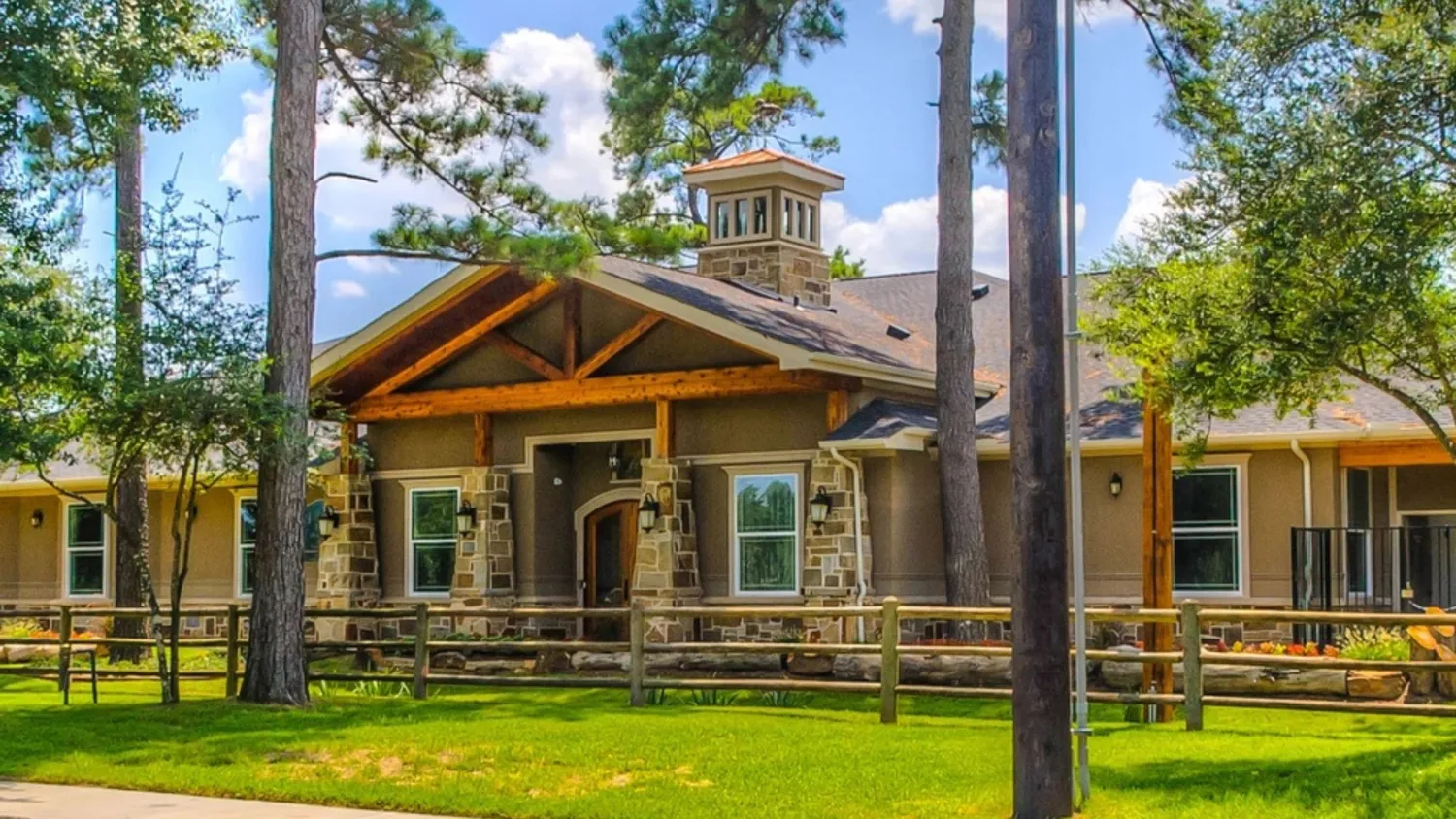
When families search for memory care facilities in Champions, they often think about medical care, structured routines, and staff training. While those things matter deeply, the physical environment plays a big role too. For people living with dementia or Alzheimer’s, the design of a space can make the difference between feeling stressed and feeling safe. That’s why many memory care communities pay close attention to how rooms, lighting, and even furniture are arranged.
In this blog, we’ll explore how thoughtful design in memory care creates a calmer, more supportive atmosphere for residents.
Why the Environment Matters in Memory Care
Living with memory loss often makes the world feel confusing or overwhelming. Small things like loud noises, cluttered rooms, or harsh lighting can increase anxiety. On the other hand, a space designed to be calming and easy to navigate helps reduce stress. It allows residents to feel more at ease in their daily routines.
Memory care facilities in Champions recognize that design is more than just aesthetics. It directly supports emotional well-being and independence.
The Power of Color and Lighting
Color is one of the most powerful tools in memory care design. Warm, soft tones can create a sense of comfort, while brighter colors can be used to highlight important areas like dining rooms or bathrooms. For example, a door painted in a contrasting color can make it easier for a resident to find their way without needing constant reminders.
Lighting is just as important. Harsh fluorescent lights can feel disorienting. Instead, many communities use natural light whenever possible. Large windows and skylights bring in sunshine, helping regulate sleep cycles and mood. In the evening, softer lighting creates a relaxing atmosphere, preparing residents for rest.
Using Familiar Furnishings and Textures
When someone moves into a memory care facility, the transition can feel daunting. To help, many communities design private suites with familiar textures and home-like furnishings. A soft chair, patterned bedding, or a rug with gentle texture can make the room feel less clinical and more personal.
Even common areas are often filled with furniture that feels warm and inviting rather than sterile. The goal is to recreate the comfort of home while ensuring safety and accessibility.
Layouts That Reduce Confusion
For someone living with memory loss, getting lost in their own home can be frightening. That’s why layouts in memory care facilities in Champions are carefully planned. Wide hallways, clear sightlines, and simple floor plans make it easier to navigate.
Communities often use visual cues to guide residents too. For example, artwork, color-coded doors, or themed hallways can help someone remember where they are. This reduces stress and gives residents a greater sense of independence.
Creating Spaces for Calm and Social Connection
Calm does not mean isolation. In fact, memory care communities encourage social interaction through shared spaces. Lounges, dining areas, and activity rooms are designed to invite connection. At the same time, quiet nooks or gardens provide peaceful spots for reflection.
Outdoor spaces are particularly helpful. Secure courtyards or walking paths let residents enjoy fresh air without worrying about safety. Nature itself has a calming effect, and these spaces give residents the freedom to move at their own pace.
Sensory-Friendly Design Choices
Many memory care facilities also pay attention to sensory details. Strong smells, loud televisions, or crowded spaces can easily overwhelm someone with dementia. Communities in Champions often use soft background music, calming scents, and uncluttered rooms to create a soothing environment.
Textures are another tool. A mix of smooth and soft surfaces can provide comfort. At the same time, avoiding patterns that are too busy prevents visual confusion.
The Role of Safety in Design
Safety is always a priority, but it doesn’t have to come at the expense of comfort. Features like non-slip flooring, handrails, and secured exits are discreetly built into the design. This way, residents are protected while still feeling at home.
The balance between safety and independence is key. A thoughtfully designed environment allows residents to move around freely without unnecessary restrictions.
Personalization and Comfort
One of the most powerful ways to support residents is to personalize their space. Many memory care facilities in Champions encourage families to decorate private suites with familiar photos, keepsakes, and personal items. These touches make the environment feel familiar, sparking positive memories and easing the adjustment to a new setting.
Personalization is also a reminder of identity. Seeing family photos or favorite objects helps residents stay connected to who they are, which is essential for emotional well-being.
Families Find Peace of Mind Too
The calming design of memory care facilities benefits more than residents. Families also feel reassured knowing their loved one is in a supportive space. Walking into a well-lit, thoughtfully decorated community sends a powerful message: dignity and comfort matter just as much as care.
When the environment feels safe and welcoming, families can relax. They know their loved one is not only receiving the care they need but also living in a space designed with compassion.
Final Thoughts
When people think about care, they often imagine caregivers, doctors, or activities. But the environment itself plays a quiet, steady role in the well-being of residents. Memory care facilities in Champions understand this deeply. By using calming colors, natural light, familiar furnishings, and safe layouts, they create spaces that soothe anxiety and build confidence.
At the heart of it all, design is not just about how a place looks. It is about how it makes people feel. And in memory care, that feeling of calm and comfort can make all the difference.